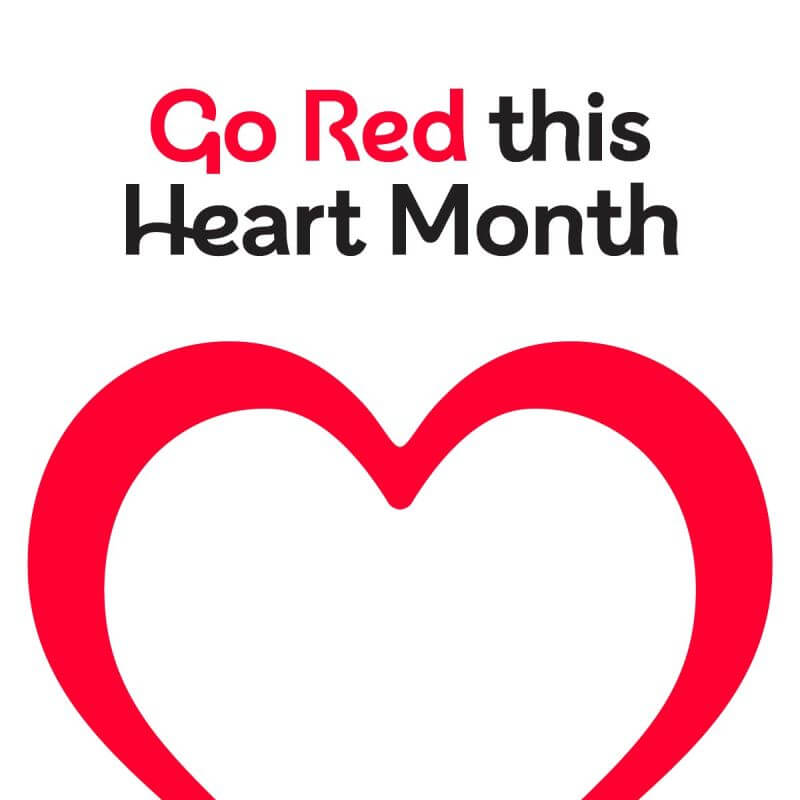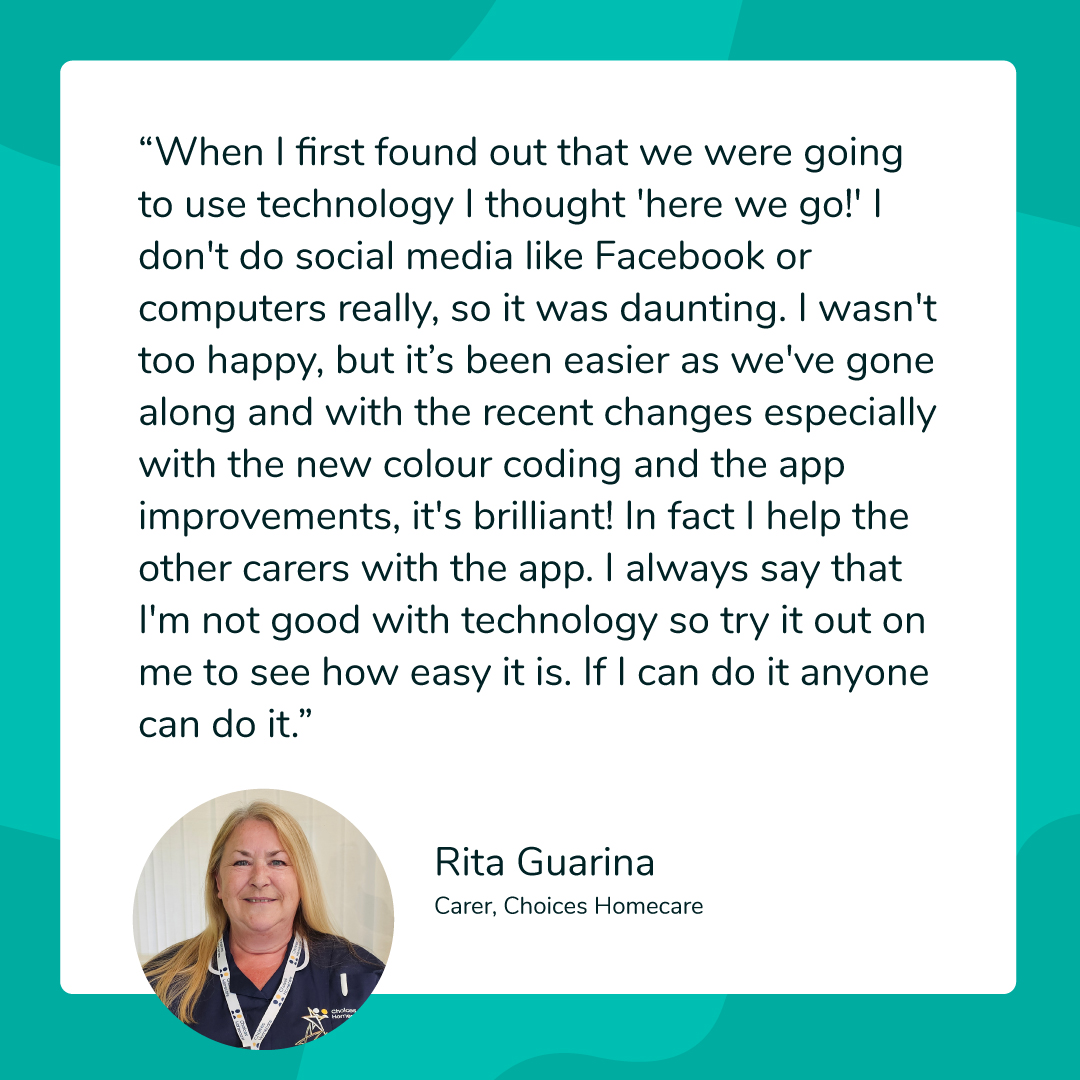February is home to Heart Month, an event that aims to amplify awareness of cardiovascular health, heart diseases, and what actions contribute to them all year round.
Cardiovascular disease (CVD) is the term used for any conditions impacting the heart or blood vessels, including those which are inherited or developed later in life. According to the NHS, CVD:
- Affects around seven million people in the UK
- Is responsible for one in four premature deaths
- Accounts for the largest gap in health life expectancy
- Those in the most deprived 10% of the population are almost twice as likely to die as a result of CVD than those in the least deprived 10% of the population
The last statistic in the list highlights the importance of creating access to care. This can emerge from providing better support for homecare services, especially when it comes to managing heart failure at home.
Early intervention key for heart failure diagnosis
Heart failure is when the blood does not circulate around the body as well as it should. It is becoming increasingly common in the UK, with 200,000 new diagnoses annually.
As the British Heart Foundation outlines, what’s particularly striking is that “around 80 per cent of heart failure diagnoses in England are made in hospital, despite 40 per cent of patients having symptoms that should have triggered an earlier assessment”. There is clearly a gap in the care chain.
However, in the post-Covid era, many individuals are now supported at home by healthcare professionals. This has created a shift in how people receive care and is producing greater self-awareness of heart health.
Supported self-management, for example, allows people to understand the signs and symptoms of heart deterioration and, crucially, to seek earlier intervention. This means avoiding unnecessary hospital admissions and face-to-face appointments, which ultimately leads to a reduction on NHS resources.
But this approach of person-centred care – where people are involved in their care planning based on their individual needs – combined with integrated care – the involvement of multi-disciplinary teams – relies on substantial information and data sharing. This can be logistically complex without the right tools.
So, for this to work as efficiently as possible, technological support is essential.
Data sharing and homecare technology for a healthy heart
The Cardiovascular Disease Prevention Audit (CVDPREVENT) is a national primary care audit that automatically extracts routinely held GP data. This tool provides open access to the data, with clear, actionable insights for those tasked with improving cardiovascular health in England.
Data from patient health and adult social care records helps the NHS to improve individual care, speed up diagnosis, plan local services, research new treatments and, ultimately, save lives. Ensuring that staff and patients have access to the right data at the right time is vital to the NHS providing effective, safe and good value services.
When it comes to home care, this is where a software provider like ourselves steps in. Our system empowers home care agencies to record and share all of the elements needed for comprehensive patient care with everyone involved in the care process. This is known as the Circle of Care and includes GPs, NHS staff and hospitals alongside carers, patients and their families. The emergency services can also be given one off temporary access to, for example, check on medication or medical records.
With regards to monitoring heart health, the CareLineLive platform contains an observation feature that allows carers to record health indicators such as blood pressure, blood glucose and catheter output. These observations are easily accessible and allow for quick trend analysis. By having this readily accessible and shareable information between relevant stakeholders, quick – and early – intervention is possible.
Self-monitoring technology
Further afield, the world of self-monitoring technology is growing quickly. Wearables such as the Apple Watch contain heart rate monitors which can help users track fitness and identify any unusual patterns with their heart. This self-monitoring trend has great potential. But while these are useful for spotting problems early, they can also, for now, vary in accuracy – and of course they can’t provide a diagnosis.
In the future, we can anticipate seeing greater accuracy with these tools and patients being equipped with a whole range of personal health data they can share with GPs. This should help GPs better diagnose patients and help patients self-manage their overall health.
Getting to the heart of the matter
CVD affects a huge number of people every year. It’s why events like Heart Month are so important for promoting awareness of the issues at hand.
A key problem is access to care, with heart failure diagnosis happening too late. For this to change, there is a need to support the growing trend of supported self-management at home. Within the NHS, the flow of data, for example, between GP and Cardiology services helps to improve care and save lives. The NHS has access to GP and patient care data which helps it to improve care and save lives. When it comes to bridging the gap between hospitals and home care, the same principle is required.
This is where technology like CareLineLive really comes to the fore, allowing data to be shared effectively within the Circle of Care. Carers can get to the heart of the matter quickly and visible observations of heart health can help provide earlier intervention.



